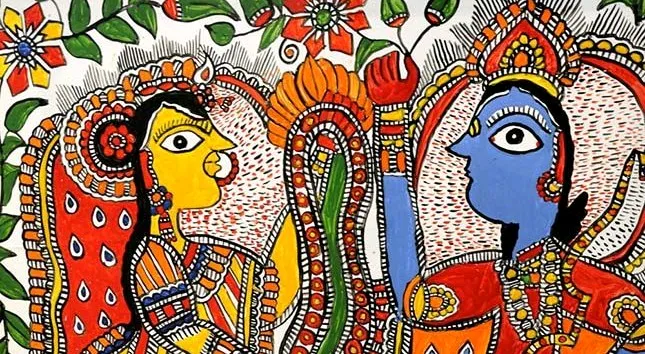Madhubani Art - Colour Of India
Madhubani, or Mithila, painting is a folk painting of northern India. It is mostly practiced by women in the villages who have passed this art to their daughters through multiple generations. They paint pictures of nature and mythology to depict different events like birth, marriage, and cycles of life. Though this folk art has been practiced for centuries it started to gain national recognition only in the last few decades. Now, art patrons can find Madhubani artists in several cities of northern India, many of whom are experimenting and adapting the traditional styles to modern...




